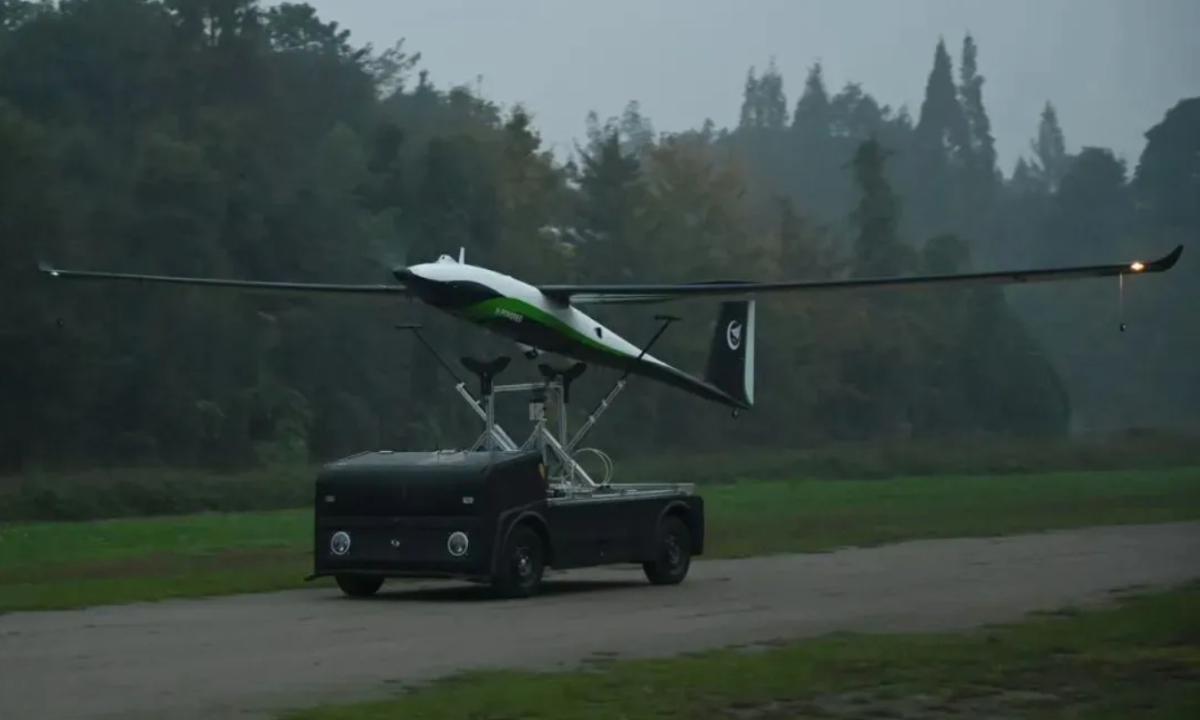China's Hydrogen-Powered Drone Sets Domestic Record with 30-Hour Flight
Key Ideas
- A 50kg hydrogen-powered drone in China achieved a 30-hour continuous flight, setting a new domestic record and showcasing advanced endurance levels in the aerospace industry.
- Developed by CAIG and Tsinghua University, the drone's design utilizes hydrogen fuel cells for lightweight construction, high energy density, and zero carbon emissions.
- The drone's capabilities include real-time surveillance, 5G data transmission, and applications in emergency communications, environmental monitoring, and border patrol.
- Hydrogen energy systems in drones offer longer endurance compared to traditional lithium batteries, paving the way for green aviation development and new low-altitude economy applications.
A 50-kilogram hydrogen-powered drone developed by China recently made headlines by completing a 30-hour continuous flight, marking a significant achievement in the aerospace industry. The unmanned aerial vehicle, jointly developed by CAIG and Tsinghua University, demonstrated advanced endurance levels and breakthrough integrated design technology based on hydrogen fuel cells. The drone's design allows for efficient ground patrol, surveillance, and real-time data transmission using 5G technology. This innovative model, combining front-end inspection and back-end decision-making, shows promise in various sectors including emergency communications, environmental monitoring, and smart city management.
The use of hydrogen fuel cells in drones offers benefits such as higher energy density, longer endurance, and zero carbon emissions, aligning perfectly with the push for green aviation solutions. The successful 30-hour flight capability extends the drone's operational range and versatility, making it suitable for complex tasks and low-altitude economy applications. Industry experts highlight the differences in aircraft hydrogen fuel cell design, focusing on lightweight construction, high energy density, and performance in ultra-low temperatures.
Global interest in hydrogen-powered drones is growing, with companies from South Korea, the UK, Japan, Israel, and the US actively involved in research and development. Chinese companies are also entering the market, recognizing the potential of hydrogen-powered drones in advancing green aviation and low-altitude economy scenarios. CAIG sees the 50kg-class hydrogen-powered drone as a key player in driving new business models and promoting the adoption of green aviation practices.
Topics
Aviation
Aviation Industry
Green Energy
Research And Development
Drone Technology
Aerospace Innovation
Smart City Management
Latest News
